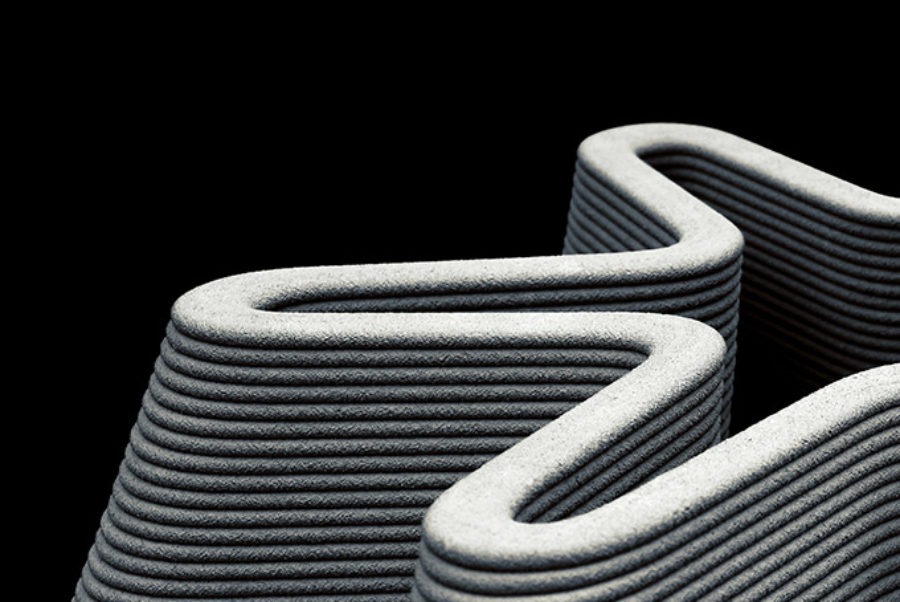What is a prototype and how to get your prototype built
What is a prototype?
A prototype is a first sample, model or version of a product built to test a concept or process.
It is a term used in a variety of contexts, including semantics, industrial design, electronics and software programming. A prototype if typically used to evaluate a new design and to improve accuracy by system analysts and users.
There are several types of prototype
A very simple cardboard prototype can be made to simulate the use of an object, collect feedback and understand user needs.
At a more advanced stage we can create models or mock-ups that are used above all for an aesthetic evaluation of the project in its real dimensions.
Or we can make a final working prototype, whereby we make use of the collaboration of various suppliers of parts which are assembled into a working object.
How can I realize my product idea?
Creating an idea for a product is very different to the process an artist goes through when creating a new peice.
The Designer always starts with a need or problem related to the use of a product. The winning idea is always the one that with the fewest elements can solve more functions of the product. It is never a prior idea but an idea that is the best solution for the context and needs. An experienced designer is able to translate the idea generated as a solution to user needs into tangible, balanced forms.
How is a product prototype made?
Today the market offers an array of technologies for the creation of a prototype.
For example, numerically controlled milled parts can be created or stereolithographs made with 3D printers which, however, require various finishing steps. You can use thermoforming or laser processing.
The important thing is that there is a contact person capable of assembling all the parts and making sure that they work together. Sometimes it takes post processing to get a working product.










